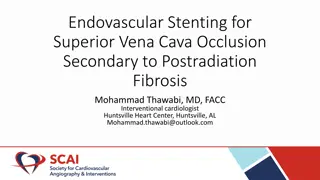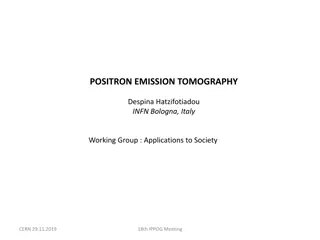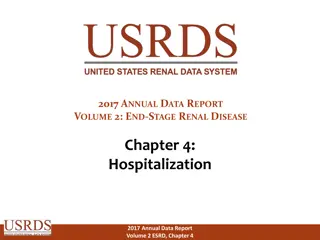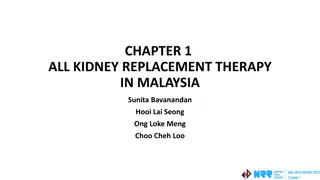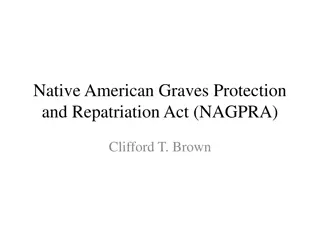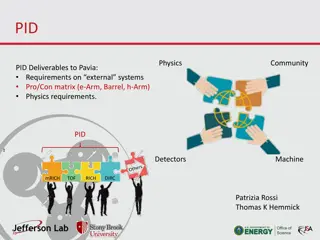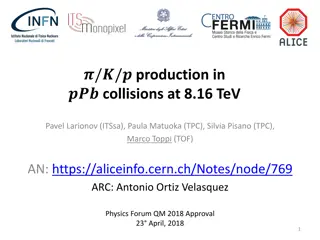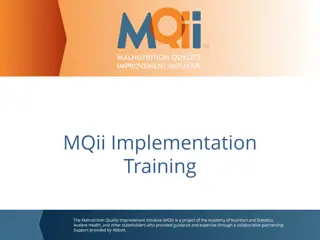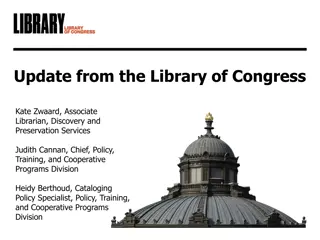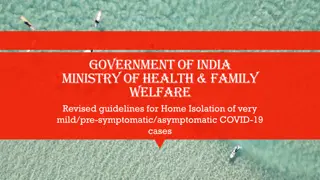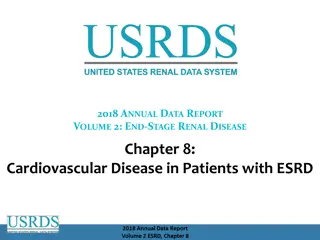Challenges and Techniques in Native RVOT Stenting for TOF+PS Patients
Native RVOT stenting in TOF+PS patients can be challenging due to anatomical complexities like short infundibulum and VSD. Different equipment and techniques are used for crossing tricuspid and pulmonary valves and delivering the stent. Dilating the pulmonary valve and addressing residual stenosis are crucial steps in the procedure.
Uploaded on Sep 15, 2024 | 0 Views
Download Presentation

Please find below an Image/Link to download the presentation.
The content on the website is provided AS IS for your information and personal use only. It may not be sold, licensed, or shared on other websites without obtaining consent from the author. Download presentation by click this link. If you encounter any issues during the download, it is possible that the publisher has removed the file from their server.
E N D
Presentation Transcript
Are we OK? : Are we OK? : Native RVOT stenting Native RVOT stenting Rajiv R. Chaturvedi MB BChir, MD, PhD The Hospital for Sick Children, Toronto, Canada
What makes native RVOT stenting difficult? What makes native RVOT stenting difficult? TOF + PS If duct closed, may spell TOF + valvar PA RF perforation difficult Short infundibulum, fall across VSD Advancing stent from RV inlet into outlet/across pulmonary valve => Remains a challenge => Relatively straightforward
Equipment Equipment Cross the tricuspid valve: balloon wedge-pressure catheter (4F/5F) exchange for Judkins right (4F) floppy-tipped wire Cross the pulmonary valve: (0.014 , coronary stents; 0.018 , Formula 418 stents; 0.035 , premounted Genesis) Deliver stent: Long sheath (4F-6F) in RA or RV doesn t need to be in RVOT helps with monorail system longer stent more difficult Valvar PA + VSD: Angiographic catheter at duct origin (e.g 4F piglet, Cobra) antegrade/retrograde allows alignment of RF wire and MPA long-axis
Spelling Spelling Bradycardia secondary to -blocker (propranolol) => epinepherine, not just phenylepherine Pulmonary valve dilation first, may help increase pulmonary blood flow
Dilate pulmonary valve to allow stent passage Dilate pulmonary valve to allow stent passage Pulmonary valve
After stent 1: residual proximal muscular stenosis After stent 1: residual proximal muscular stenosis Residual stenosis
Stent 2: stenosis relieved Stent 2: stenosis relieved
Advancing the stent across the RVOT Advancing the stent across the RVOT Shorter stents (~15mm) easier to position => multiple overlapping stents A stiffer wire is not always better Long sheath in RA / RV / RVOT helps Multiple attempts may be required => care on retracting stent within sheath => can shear / lift proximal stent off balloon We stent across pulmonary valve, but can stent infundibulum only
Posterior Posterior infundibular infundibular stenting: more difficult stenting: more difficult Right atrial isomerism, AVSD, DORV (Ao anterior and rightward), straddling LAVV, severe PS+subPS, obstructed infradiaphragmatic TAPVD to IVC Day 2: Stenting of obstructed pulmonary vein entry into IVC Day 104 : PGE-dependent Access from RIJV, to avoid the previous stent (protrudes into IVC) Left coronary close to RVOT, angiography during balloon dilation Stented with pre-mounted Genesis stent (5mm x 18mm)
Posterior infundibulum: severe Posterior infundibulum: severe subPS subPS (*) + (*) + valvar valvar PS (**) PS (**) ** * tapvd stent
Left coronary passes close to the infundibulum Left coronary passes close to the infundibulum
No coronary compression during balloon dilation No coronary compression during balloon dilation with with Ao Ao root root angio angio => Stent deployed => Stent deployed
Stent deployed, LCA unobstructed Stent deployed, LCA unobstructed
TOF + TOF + valvar valvar PA PA
Simultaneous injection in the RVOT and PDA Simultaneous injection in the RVOT and PDA => => align RF wire with PA long axis centreline align RF wire with PA long axis centreline in in both both planes planes piglet antegrade Judkins R
Valve outline: Valve outline: PA side, wire passed down PDA through piglet PA side, wire passed down PDA through piglet RV side, tip of RF wire through RV side, tip of RF wire through Judkins Judkins R R (pericardial drain in place after RF into mediastinum) (pericardial drain in place after RF into mediastinum)
Successful RF + balloon dilation of pulmonary valve Successful RF + balloon dilation of pulmonary valve Angio in RVOT opacifying the PAs
RVOT stent deployed, complete repair at 6 months RVOT stent deployed, complete repair at 6 months
Conclusion Conclusion Patients can be very unstable if duct closed/no large APCs Advancing the stent across the pulmonary valve helped by: pre-dilating a stenotic pulmonary valve long sheath short stents We send to ICU after native-RVOT stenting, as a precaution (risk of high pulmonary blood flow)
References 1) Sandoval JP, Chaturvedi RR, Benson L, Morgan G, van Arsdell G, Honjo O, Caldarone C, Lee KJ. Right ventricular outflow tract stenting in Teralogy of Fallot infants with risk factors for early primary repair. Circ Cardiovasc Interv 2016;9:e003979 2) Quandt D, Ramchandani B, Stickley J, Mehta C, Bhole V, Barron D, Stumper O. Stenting of the right ventricular outflow tract promotes better pulmonary arterial growth compared with modified Blalock-Taussig shunt palliation in Tetralogy of Fallot-type lesions. Further questions: rajiv.chaturvedi@sickkids.ca



